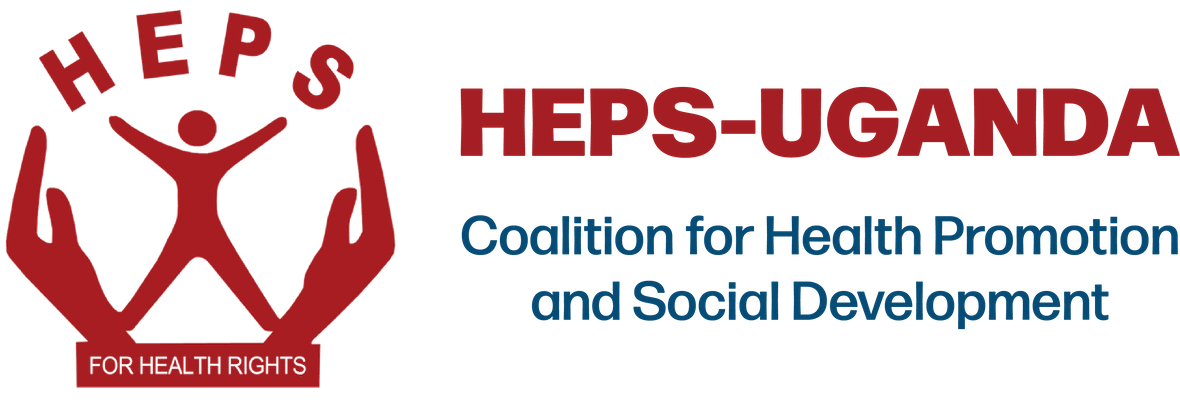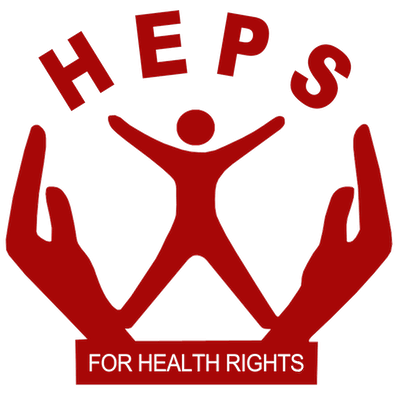Good Sexual and Reproductive Health (SRH) is a state of complete physical, mental and social well-being in all matters relating to reproduction for both men and women, including adolescents. Maintaining good SRH means people need access to accurate information and to safe, effective, affordable and acceptable contraception methods of their choice.
On 7th March 2018, HEPS-Uganda launched a survey report dubbed ‘Sexual and Reproductive Health Commodities: Measuring Prices, Availability and Affordability’ at Imperial Royale, Kampala. The survey was conducted in 2017 in conjunction with Health Action International-HAI under the Health Systems Advocacy Partnership. A total of 124 public, private and Mission hospitals were engaged in both urban and rural areas of Uganda in .
While launching the report, Denis Kibira, the Executive Director HEPS-Uganda noted that the objective of the survey was to generate reliable information on the price, availability and affordability of selected important commodities in the SRH supply chain, with the ultimate goal of improving access to affordable medicines for all.
“In general, availability of SRH Commodities was inconsistent. Birth control pills were available in only 47% of facilities. Also, contraceptives were generally more commonly available in the public sector than in other sectors: injectable contraceptive, the most commonly used contraceptive in Uganda, was available in 86% of public sector facilities, but only available in 57% private and 25% of mission sector facilities.” he noted
The survey also indicates that stock-outs were quite common in the public sector (12%), and lasted on average almost 20 days per month while in the public sector specific SRH Commodities were stocked-out at up to 36% of all facilities.
“The suboptimal availability of contraceptives makes it difficult to access the commodities, which likely contributes to the about 30% of women in Uganda who were experiencing unmet needs for family planning in 2015.” Kibira noted
The 2016 Uganda Health Demographic Survey-UDHS indicated that maternal mortality has reduced from 438 to 368 deaths per 100,000 live births. However, according to Kibira, the survey indicates rampant stockouts of Magnesium Sulphate, a drug prescribed for pregnant mothers with onset of high blood pressure, also called pre-eclampsia, one of the leading causes of maternal deaths.
He also adds that there is inconsistent availability of other pregnancy drugs such as dexamethasone, used in the management of preterm labour whose availability was also low in the public at 36%, private 55% and mission 43%.
“Oxytocin, used to induce labour and in the prevention and treatment of post-partum haemorrhage, was commonly available in the public sector (90%) but less commonly available in the private and mission sectors. Misoprostol, also used to induce labour, was commonly available in the public sector (88%) but less common in the private and mission sectors (50%and 55% respectively.” he said





